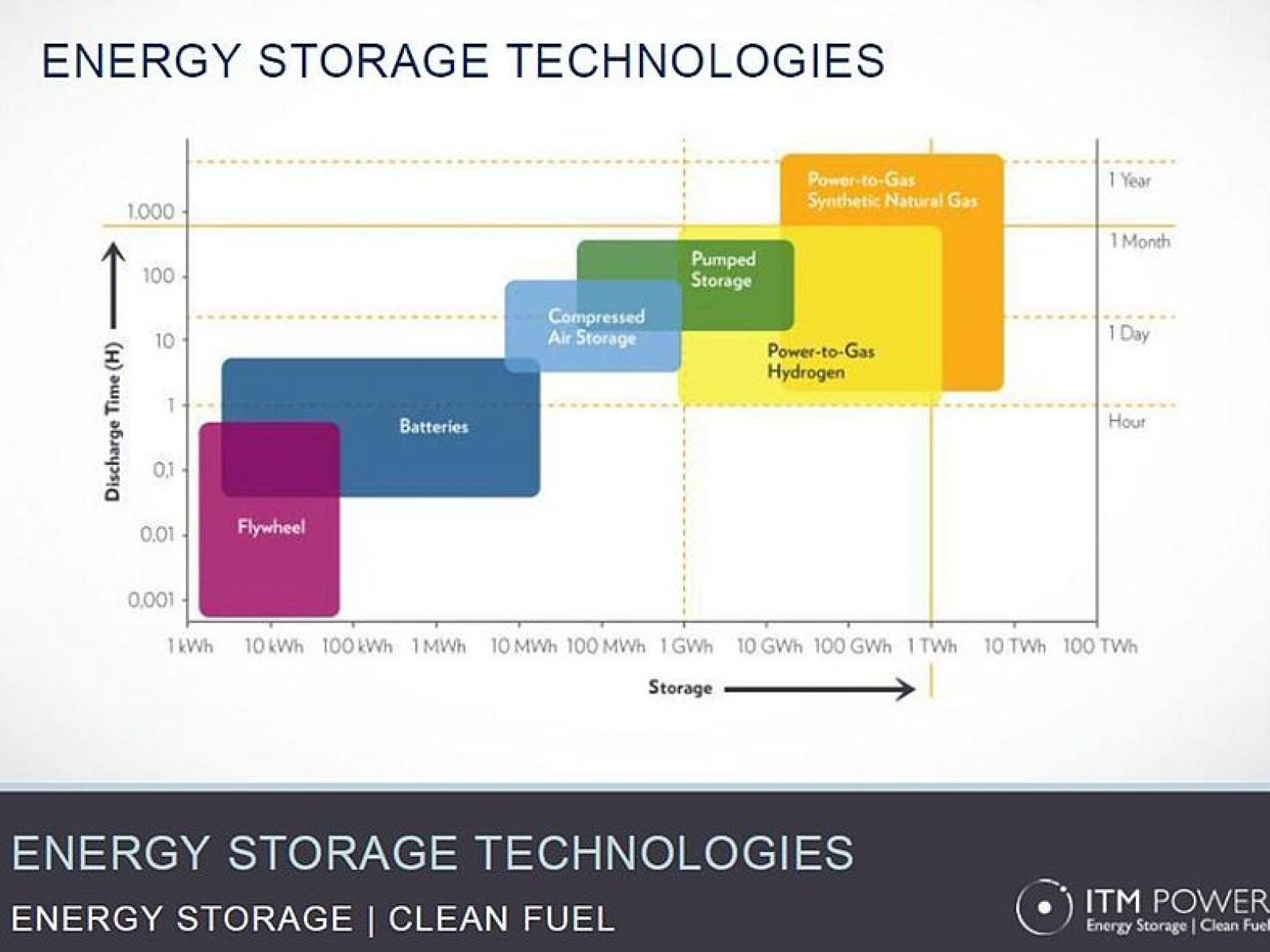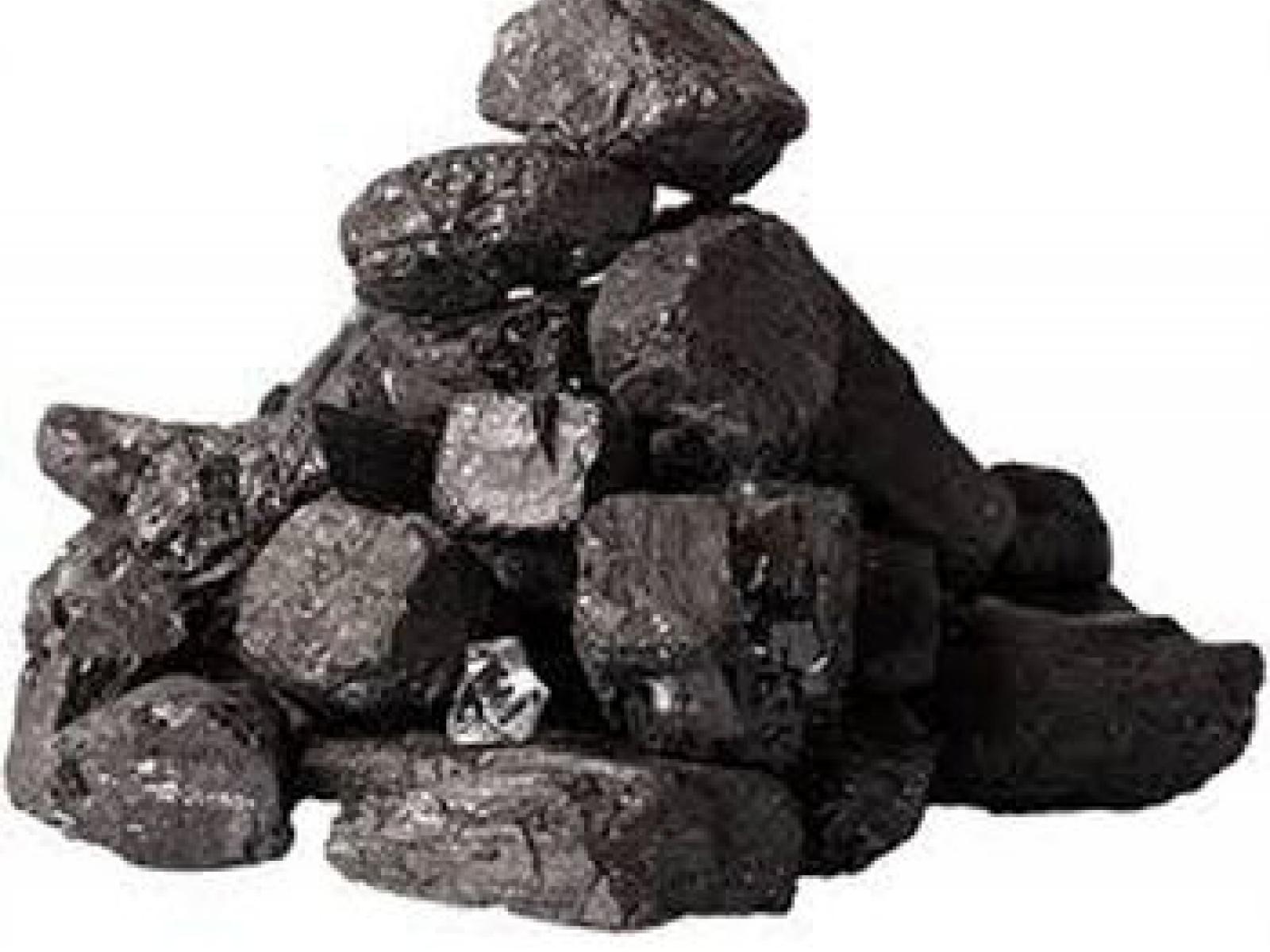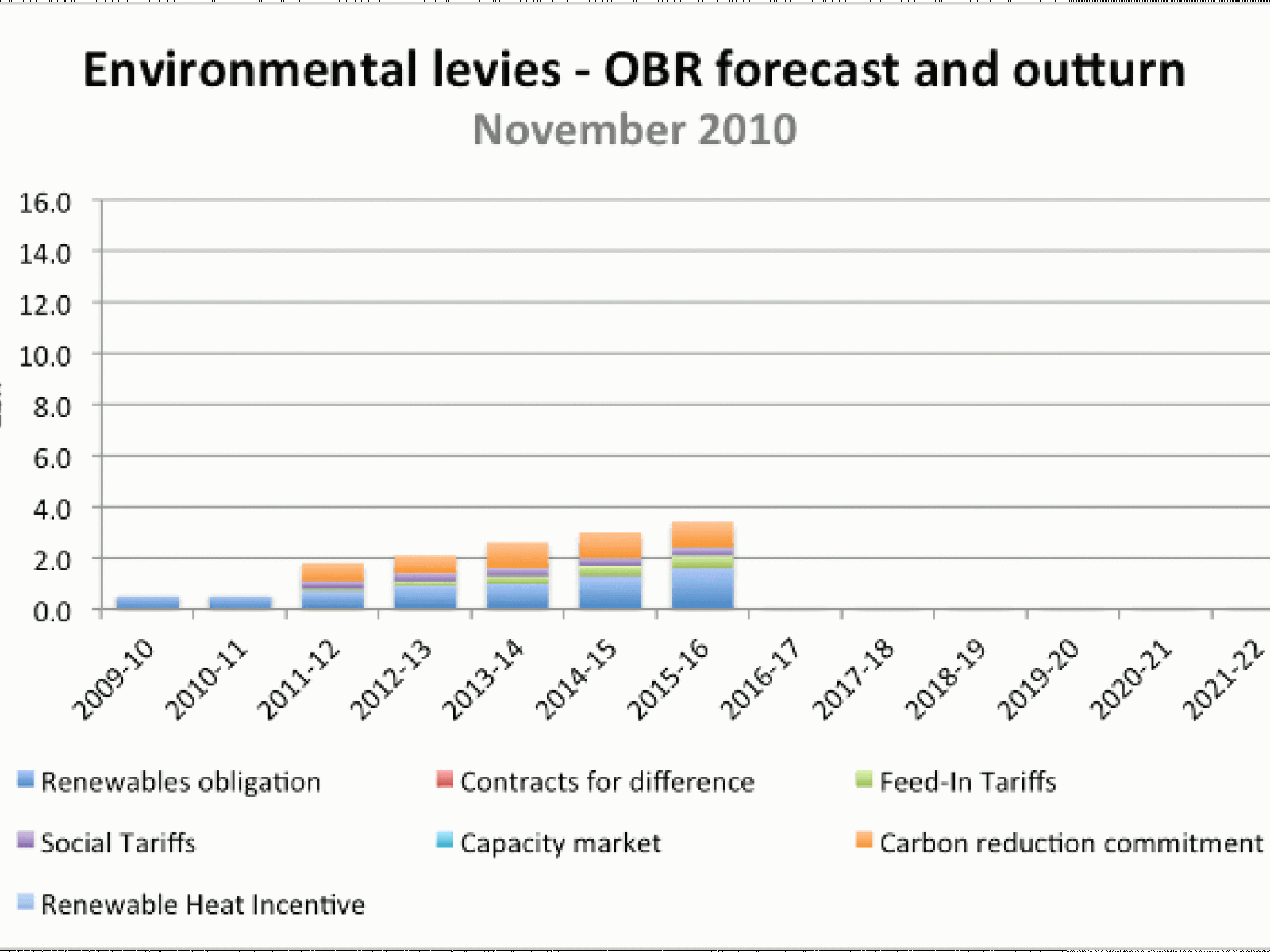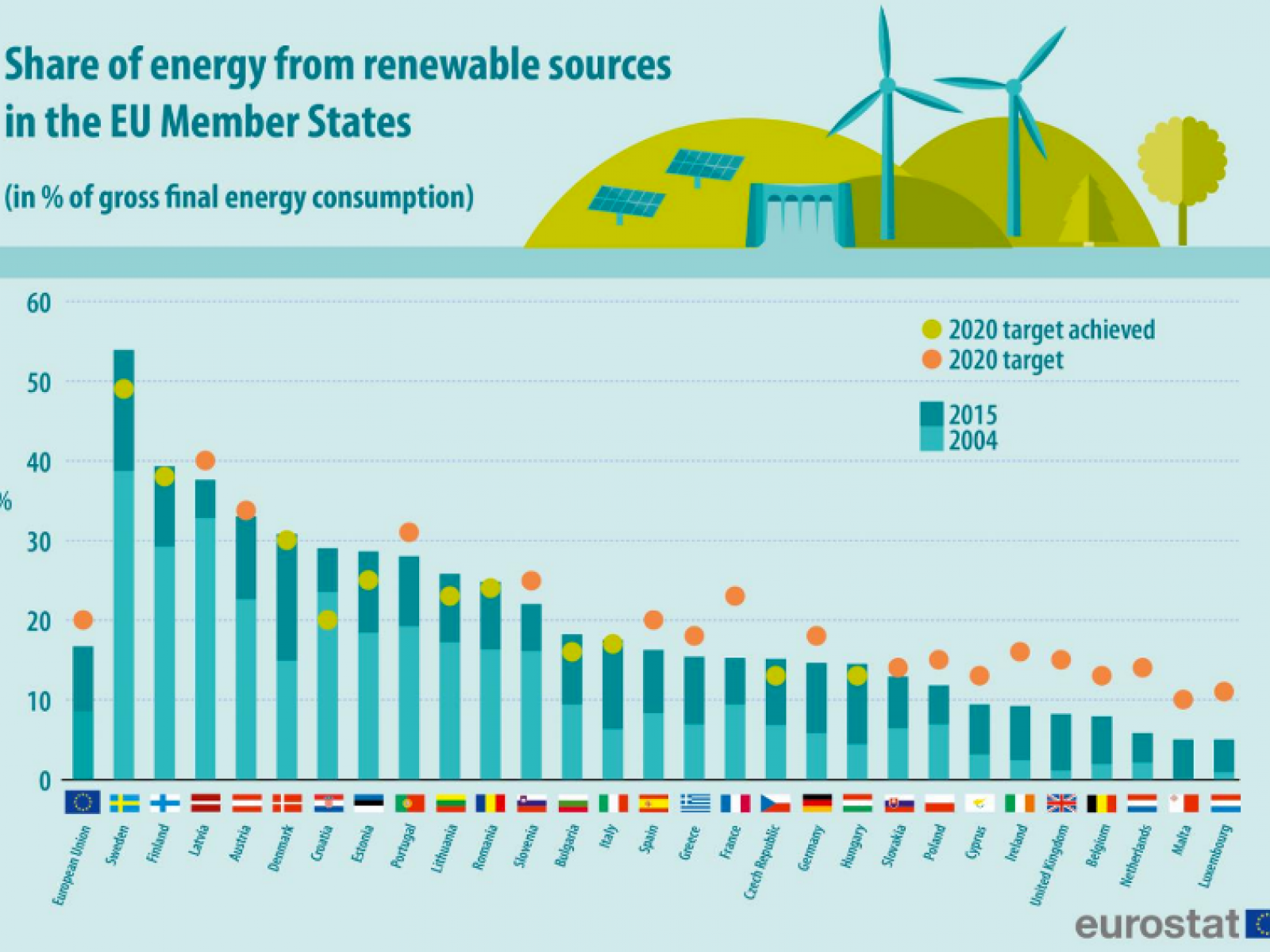
Our World in Data (and many others) tell us that wind and solar have fallen dramatically to well below the cost of coal- and gas-fired electricity. But their data look suspect for anyone who remembers the wholesale price of electricity in the mid-2000s.
The claims for wind and solar have received a lot of well-justified scrutiny. They are nonsense. In this article, we look at another element - the cost of coal-fired electricity. It has apparently remained almost constant at around $110/MWh from 2009 to 2019. In reality, it was a fraction of that in 2009.
The cost of coal has varied dramatically over the period, which will have produced much more variation in the cost of coal-fired generation than indicated by OWiD's misleading charts.
When you look at how the costs and shares of various electricity technologies have varied over the period, it is impossible to square the claimed costs with the volumes and prices (wholesale and retail).







